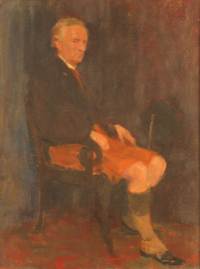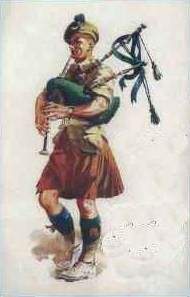Irish Kilt

In 1900, Patrick Pearse, future revolutionary, was asked his opinion on the vital question of the national costume. Having inspected the garments on display in the National Museum, he wrote,


Later, when Pearse designed the uniform for his boys' school, St Enda's, he plumped inevitably for the kilt. The kilt has remained ever since the "traditional" costume of Ireland.

The notion of the kilt as an ancient Irish costume was first promoted by the historian Eugene O'Curry in an influential series of lectures given in the 1860s, On the Manners and Customs of the Ancient Irish. O'Curry discovered kilts throughout the bardic literature and used the word in his translations:
Later, P.W. Joyce, grammarian and antiquarian, furthered the notion:

But scholars even then disputed this claim. What Joyce saw as the kilt was in fact the Irish léine, a long shirt falling to the knees, rather like a belted nightshirt. The dispute seems academic, in that the importance for national esteem was not whether the Gaels wore kilt or long shirt, but that they didn't wear trousers. And it was not wearing trousers that would separate Irish Ireland from anglicized modernity.
But even here, scholarship proved unhelpful. Many scholars regard the tunic and trews as more "authentic". Indeed the word "trousers" derives ultimately from the medieval Irish triubhas – "trews" as "worn by the Celts" (OED).

Saffron is the "traditional" colour for the Irish kilt for males. It's the colour worn to this day by piping bands in the Irish Defence Forces and in the remaining Irish regiments of the British Army. For females it can be any colour, but green seems to be preferred.
There's a movement to denominate "tartans" for the different Irish clans. But nobody takes these seriously, not even the salesmen in the tourist shops that cater to the trade.
(Jim's calculation of "four yards" to a kilt might be thought ungenerous. A good kilt could be nine yards or more. The standard today is five.)
Links
Reconstructing History: Proof against the Existence of an Irish KiltHistory of the Irish Kilt
Wikipedia: Kilt